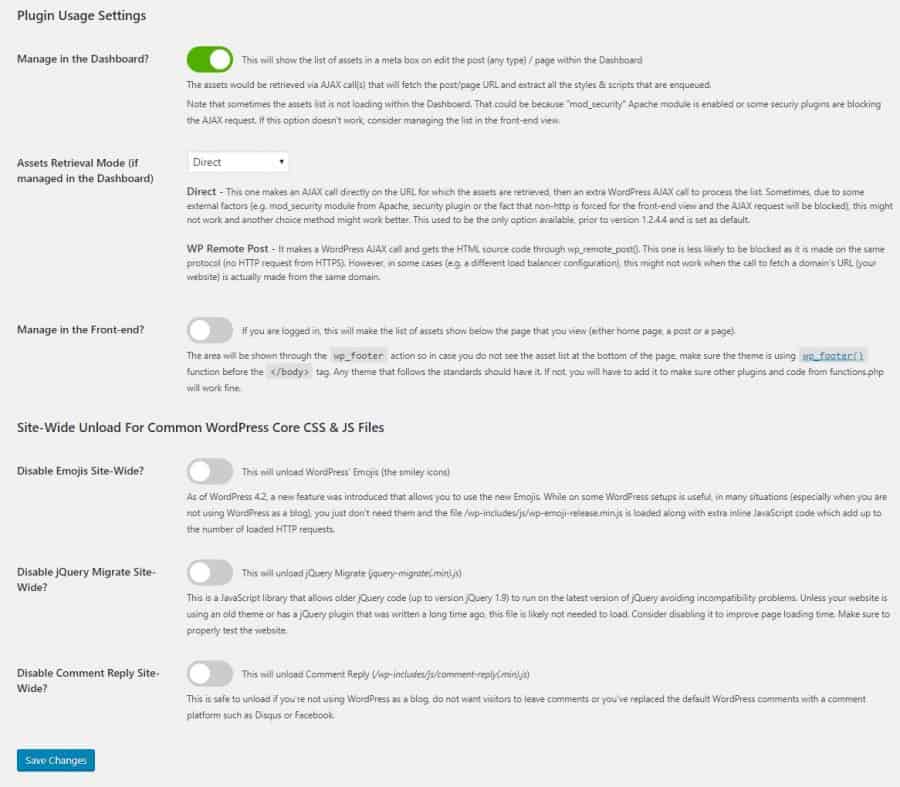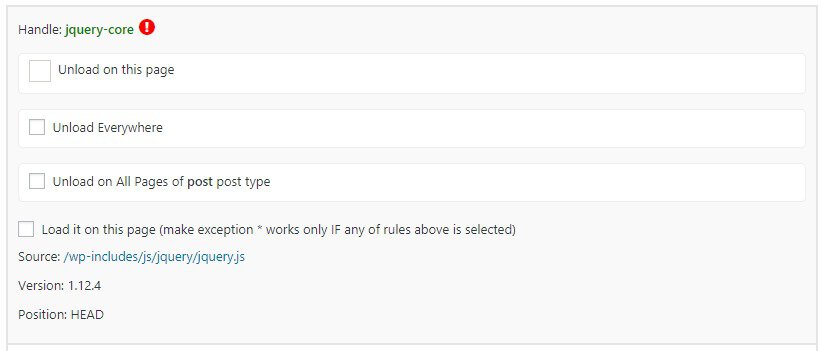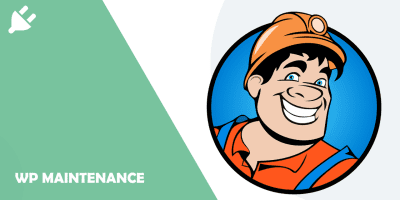In the past, I've reviewed Optimize Database which is a great way of getting a handle…
Google loves speed, so do your users. If your website doesn’t load fast in SERP, you are losing clients as well as website ranking. There are multiple factors that cause slow website loading but the major one is excessive usages of CSS and JS files. If you built your site by utilizing a tool like AppDrag which allows you to perform numerous customizations with a drag & drop builder for creating a responsive page for ultimate user experience. But if you didn’t utilize it for creating your site, there’s a high probability that speed poses an issue.
So what’s the solution to increase website speed?
There are two ways to optimize your website speed. First, you hire a developer who removes bad code and scripts causing slow speed or you use the WP Asset CleanUp plugin.
What WP Asset CleanUp Does?
WP Asset CleanUp is page speed optimizer plugin that makes your web pages load faster by decreasing the number of HTTP requests loaded as well as removes possible conflicts between plugins/themes.
Using this page optimizer tool you’d be able to increase your website speed which will provide a smoother experience for your clients.
Benefits of WP Asset CleanUp
- Decreases the number of HTTP requests
- Cuts down the HTML code of the page
- Makes source code easier to scan
- Avoids conflicts between plugins and themes
- Improves performance score on different online speed test tools
- Makes the website fast enough to rank higher in Google (Speed is a ranking factor)
- Scan server access log files faster
How Does It Work?
Most themes and plugins contain a substantial number of CSS and JavaScripts files that reloads when you load a page. However, a large number of CSS and JavaScripts files decrease the website load time because of the total number of HTTP requests increased.
WP Asset CleanUp decreases the number of HTTP requests to enhance your website speed. Let’s see it in action.
To get started you have to install WP Asset CleanUp plugin from the WordPress plugin repository. After activation, head over to the WP Asset CleanUp -> Settings. There you will see Manage in the Dashboard? is by default enabled.
By enabling it you’ll be able to see the list of assets in a meta box on edit the post (any type) / page within the Dashboard. There are other options that you can use as per your own preferences.

There you’ll see Styles (.css files) and Scripts (.js files) as well as the number of files that are requested on load. Moreover, WP Asset CleanUp tells you about the important files and marks them accordingly so you don’t delete them by mistake. It looks like this:

Let’s see the benefits of using WP Asset CleanUp. I tested my demo website speed with Pingdom tools without WP Asset CleanUp.

As you can see my website takes 6.47 seconds to load which isn’t good.
Again I tested the same website after installing the WP Asset CleanUp with Pingdom tools.

As you can see, now it loads within 2.79s which is a lot better from Google’s point of view.
If you want to conquer the online business your website must load within a few seconds. You can make it happen using WP Asset CleanUp, it will provide a surprisingly big boost for your website speed.
Costs, Caveats, Etc.
WP Asset CleanUp is free and still in its early stages. It’s a great page speed optimizer when you are concerned about your website speed. You might reach the point of no return, where you piled up so many plugins and tools for improving your site, but ended up with a crowded repository and a cluttered environment, but you can always utilize a tool like WP Reset that allows you to clean the database, remove and reinstall plugins and themes in bulk (if needed), and always have a safety net when testing something out on your website.
WP Asset CleanUp has been installed over 10,000 times and more users are benefiting from it every day. Developers of WP Asset CleanUp frequently update and improve it with new features. It’s is lightweight and easy to use so you don’t need any expertise in coding to use it. Sounds great, doesn’t it?






